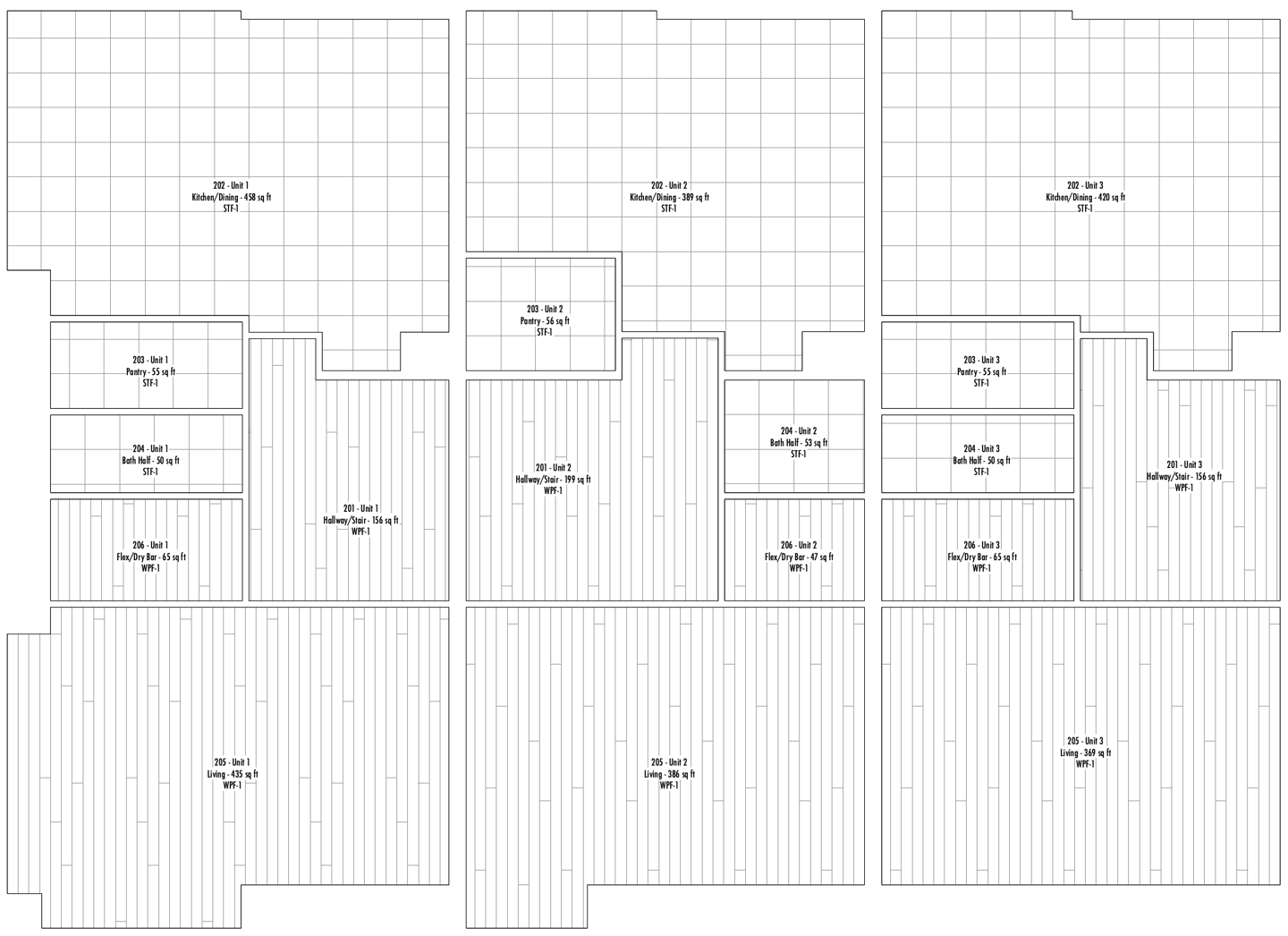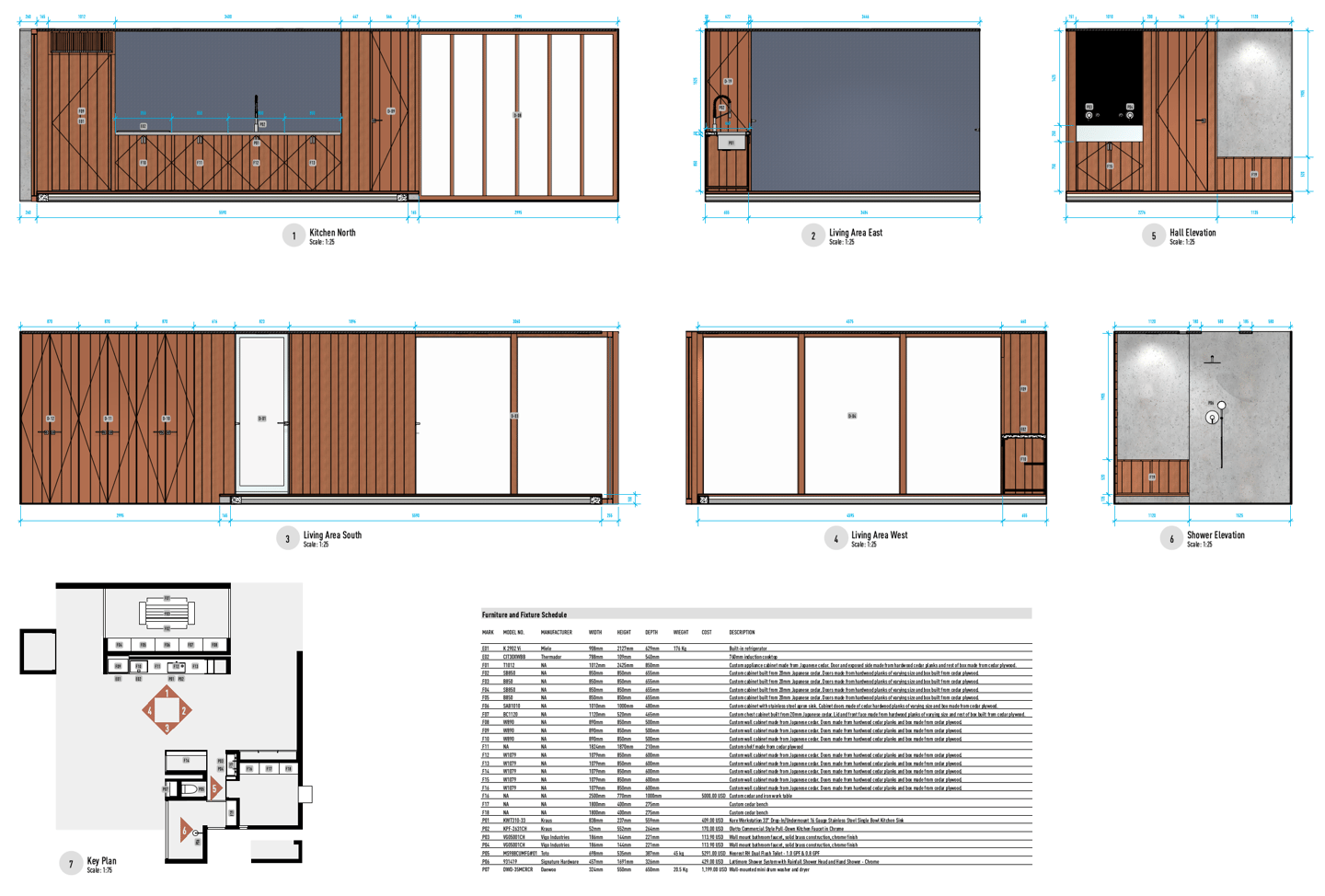As architecture and interior design professionals, you have the opportunity to create spaces designed with the well-being of their inhabitants and the planet in mind.
The demand for more environmentally conscious buildings and interiors has also never been higher. So, adopting greener design practices may help you attract new business!
There are principles of sustainability everyone in the AEC industry must consider, but — in this post — we'll focus on how the materials and design software that you use can influence the sustainability of your designs.
Choosing Your Materials for Sustainable Designs
Given the immediate danger of the climate crisis, there are more sustainable material options available than ever before — making it an exciting and important time for you to make an impact through your designs.
You may be worried about using such materials, since they tend to be a bit more expensive. However, planning ahead and presenting the benefits to both the occupant's and the planet’s wellbeing can help you get client buy-in.
When sustainability is also paired with high-quality materials, up-front costs are balanced by the longevity of the product. Since it will need to be replaced less often, it will cost less in the long run. These products and materials will also contribute less waste to the lifecycle of the space.
As far as sustainable materials go, you have a lot of options:
- Carpets made of recycled plastics to reinforce the carpet’s fibers helps them last longer and be more stain resistant
- Recycled wood options like fiberboard or particle board are easy ways to reduce waste
- Bamboo is also a fantastic material to use for hardwood flooring, since it’s durable and grows much faster than traditional hardwood
- Non-toxic sealants, finishes, and mortars are also great considerations when regarding the health of occupants and environmental impact alike. Examples include additive-free grouts, additive-free thinsets, zero VOC paints, and Zero VOC sealants
- Another effective option is using locally-sourced materials. This way, you’re reducing the travel of materials to your project site, and in turn reducing the overall carbon footprint of your project
- Sustainable designs don’t even always require new materials. Cabinets, for example, can often be refinished or refaced to look brand new
-> RELATED: STRATEGIES FOR DESIGNING TOWARDS NET ZERO CARBON
Ultimately, know that there are plenty of high-quality, sustainable materials to choose from so the environmental impact of your project can be minimized without compromising you and your client’s aesthetic vision.
Calculating and Reporting Your Materials with a BIM Software
Documenting the qualities and quantities of the materials you want to specify in a project is an important aspect of controlling the sustainable aspects of your design. If not, contractors will make their own decisions based on what materials are accessible and familiar. Additionally, if you don’t specify how much of a given material that you need, there’s a good chance that too much will be ordered, resulting in unnecessary waste.
Manually reporting these material and quantity specifications can be tedious and time-consuming. That’s why you need the power of data-driven 3D modeling to help lighten your workload and give you the freedom to spend more time on your design.
Enter Vectorworks Architect, the ultimate software from sketch to BIM.
BIM software isn’t exactly known for promoting creative expression, but in Vectorworks Architect, you can imagine, design, and document all your sustainable interiors within a single, comprehensive software.
After specifying your green materials in your model, you can use the data in your model to calculate quantities, costs, and carbon emissions. Such considerations are invaluable in helping you make informed design decisions for a space and to get buy-in from your client.
In the next section, you’ll find detailed looks at just a couple of the many Vectorworks features that will help you design and document sustainable interiors.
Vectorworks Features to Help Create Sustainable Interiors
Space Tool
One of the most impactful features you can use when designing interiors is the Space tool.
In Vectorworks Architect, “spaces” are path objects that have the characteristics of a building space or room, which include information such as the area, volume, finish details, and more. In a sense, you can simply think of a space as a container of information.
Your space label can be a pre-defined or custom data tag, and it can display not only name and number, but virtually any desired information. Custom data tags and data visualization in Vectorworks can also be used with spaces to create dynamic diagrams and presentations.

When creating eco-conscious interior spaces, you can use the Space tool and Space object to create a Space style that specifies yours finishes. These finishes can be reported so you can quickly calculate how much material you will need, and with data visualization you can automatically show them in your drawings.
Data-Rich Materials in Vectorworks
The ability to create data-centric models in Vectorworks will also help your sustainability efforts.
With data-driven modeling, you and your consultants can not only quantify exactly what’s in your design, but also quickly test out different design options and compare and contrast cost, embodied carbon, and more.

There are several tools within Vectorworks that’ll help you adopt a data-driven workflow.
For starters, you can use smart objects and hybrid symbols with records. These features will help you keep track of all the sustainable materials and pieces you include in your next design.
Smart Objects
Smart objects — also known as plug-in objects — have semantics and property fields such as manufacturer, model, material, r-value, and more where data can be appended. All of this data can also be easily reported.

Here are just some examples of smart objects you can use:
Hybrid Symbols
A hybrid symbol is a symbol that has both 2D and 3D geometry. Unlike smart objects, symbol geometry is created manually, not by parameters. The geometry is then saved as a resource that can be shared across multiple files.
Hybrid symbols are easy to create, and many already exist in Vectorworks. Some examples of hybrid symbols include:
- Furniture
- Appliances
- Lighting
- Plumbing fixtures
- Accessories
- And more!
Once a symbol is created, you can attach a record to it. A record is a table of information that you can easily build within Vectorworks.
Having data repositories built into your model allows for more automatic calculations, more accurate reports, and — perhaps most importantly — saves you time!
Designing More Sustainably with Vectorworks
If you’re looking for more great sustainable materials, look no further! Click the button below to view a free webinar on establishing a resource-efficient design process.

.svg)





